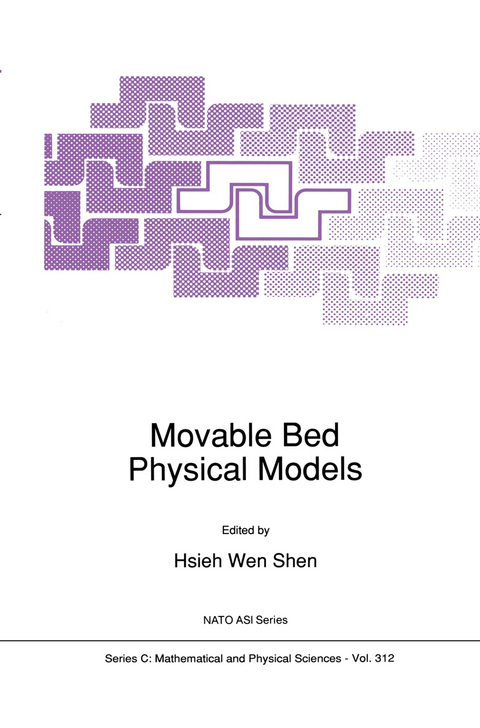
Movable Bed Physical Models
Springer (Verlag)
978-94-010-7434-6 (ISBN)
For centuries, physical models have been used to investigate complex hydraulic problems. Leonardo da Vinci (1452-1519) stated, "I will treat of such a subject. But first of all, 1 shall make a few experiments and then demonstrate why bodies are forced to act in this matter. " Even with the current advancements of mathematical numerical models, certain complex three-dimensional flow phenomena must still rely on physical model studies. Mathematical models cannot provide adequate solutions if physical processes involved are not completely known. Physical models are particularly attractive to investigate phenomena-involved sediment movements because many three-dimensional sediment processes are still unclear at this stage. Theoretically, there are numerous factors governing movable bed processes and it is nearly impossible to design model studies to obey all the model criteria. Sometimes, appropriate lightweight materials are difficult or too costly to obtain. Often, distorted models are used due to the limitation of available space and the requirement for greater vertical flow depth to investigate vertical differences of various parameters. The turbulence level in the model may also be maintained at a sufficient level to reproduce a similar flow pattern in the prototype. Frequently, engineers are forced to employ distorted models that cannot be designed to satisfy all governing criteria correctly. Thus each hydraulic laboratory has developed its own rules for model testing and a great deal of experience is needed to interpret model results.
Introductory Remarks for the NATO Workshop on Movable Bed Physical Models.- Physical Modelling of Sediment Transporting Flows.- Dimensional Analysis, Dynamic Similarity, Process Functions, Empirical Equations and Experience - How Useful are They?.- Distorted Model and Time Scale Evaluation of Multiscale Subjected Fluvial Processes.- Scale Effects in the Reproduction of the Overall Bed Topography in River Models.- On the Scaling of Braided Sand-Bed Rivers.- Model Scales for Sand Bed Channels.- Movable Models for Gravel Bed Streams.- Sediment Transport Under Nonequilibrium Conditions.- Aspects of Modelling Suspended Sediment Transport in Non-Uniform Flows.- Limits and Possibilities with Artificial Model Bed Load Material.- Survey of Lightweight Sediments for Use in Mobile-Bed Physical Models.- Examples for Using Sand and Lightweight Material in Movable Models.- The Practice of the Chatou Laboratory in Movable Bed Modelling.- Scaling of Sediment Transport Phenomena in Large Alluvial Rivers with Very Low Slopes.- Modelling Desiltation of Reservoirs by Bottom-Outlet Flushing.
| Reihe/Serie | NATO Science Series C ; 312 |
|---|---|
| Zusatzinfo | X, 172 p. |
| Verlagsort | Dordrecht |
| Sprache | englisch |
| Maße | 155 x 235 mm |
| Themenwelt | Naturwissenschaften ► Biologie ► Ökologie / Naturschutz |
| Naturwissenschaften ► Geowissenschaften ► Geologie | |
| Naturwissenschaften ► Geowissenschaften ► Hydrologie / Ozeanografie | |
| Naturwissenschaften ► Physik / Astronomie ► Mechanik | |
| ISBN-10 | 94-010-7434-8 / 9401074348 |
| ISBN-13 | 978-94-010-7434-6 / 9789401074346 |
| Zustand | Neuware |
| Haben Sie eine Frage zum Produkt? |
aus dem Bereich


